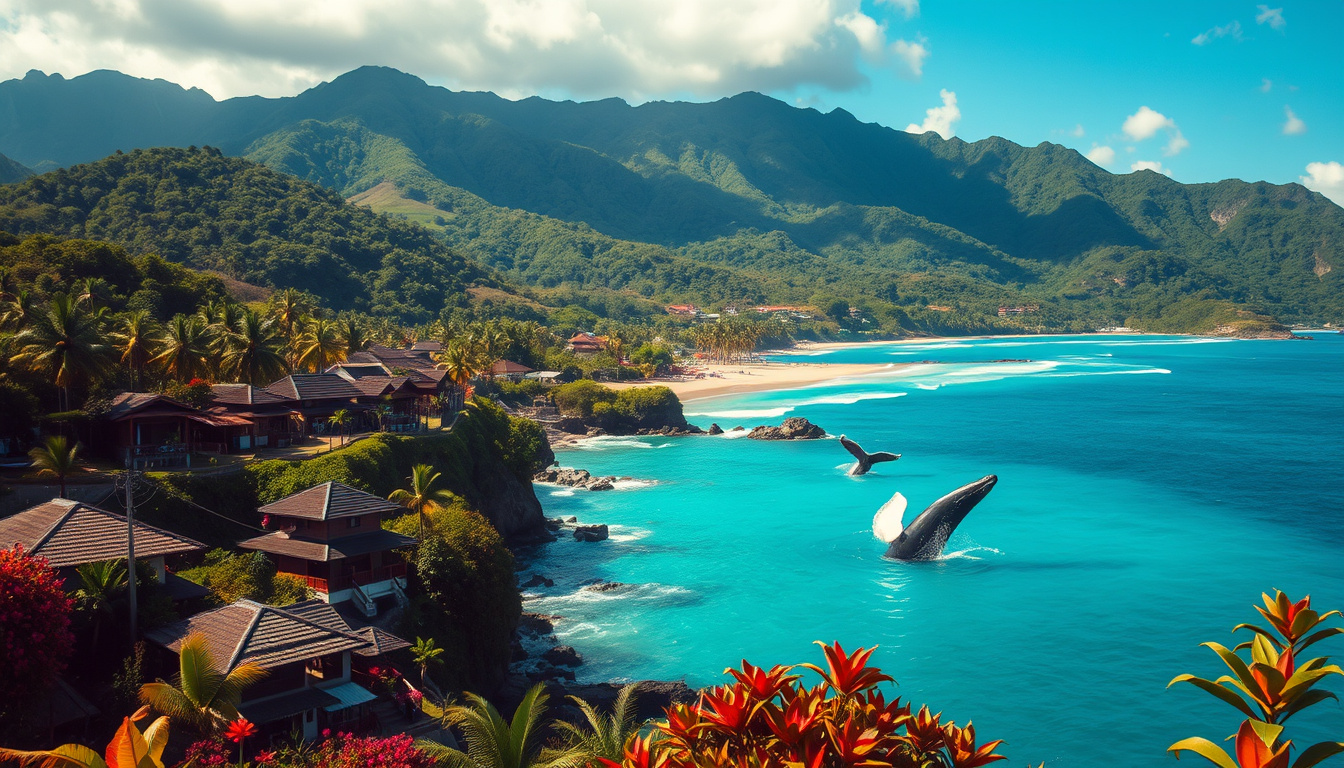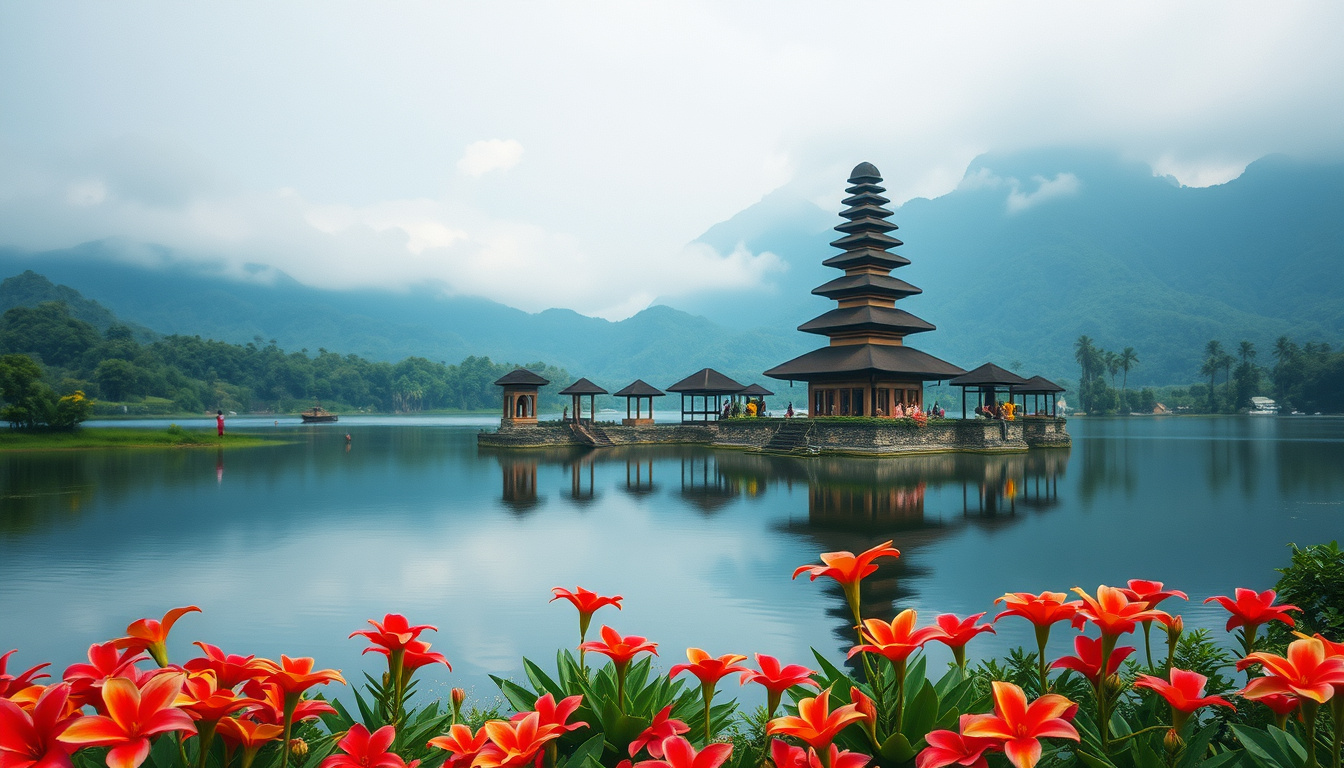Bali’s Tourism Legacy: Sanur’s Renaissance at a Landmark Hotel
Bali, Indonesia – As the sun sets over the tranquil waters of Sanur Beach, the rich tapestry of Bali’s tourism history unfolds. The story of this charming destination is interwoven with the influential figures and remarkable events that have shaped it, particularly during the 1960s. This decade marked both turmoil and resurgence for Bali, culminating in the emergence of Sanur as a premier travel spot, notably with the inauguration of the iconic Bali Beach Hotel.
A Historic Turnaround
Indonesia’s tourism landscape faced significant challenges during the 1960s. The catastrophic eruption of Mount Agung in 1963 claimed the lives of 1,600 individuals and triggered widespread destruction. This was compounded by the political violence following a failed coup in 1965, which led to the extrajudicial killings of more than 80,000 alleged communists, deeply affecting the Balinese community.
However, hope began to glimmer in 1966 with the construction of the InterContinental Bali Beach Hotel, commissioned by Indonesia’s first president, Sukarno. This exquisite 10-story art-deco building, set against the serene backdrop of Sanur Beach on the island’s lower east coast, signaled a revival in Bali’s tourism sector. “Sukarno’s mother was Balinese, so he had a special affinity for the island,” stated Ed Brea, the American general manager of the property now known simply as the Bali Beach Hotel. “Local folklore suggests that he would visit this beach and proclaim it the ideal location for a grand hotel—then, unexpectedly, he did just that."
Revitalizing an Icon
After undergoing a comprehensive three-year restoration, the Bali Beach Hotel has been reborn at a cost of roughly 1 trillion Indonesian rupees (approximately $61 million). Its new entrance is reminiscent of Ancient Greek and Roman architecture, inviting guests into a luxurious experience that blends history with modernity. The entrance features a long marble tunnel adorned with a dark mirrored ceiling, leading to an expansive lobby replete with wooden structures, serene water features, and artistic sculptures, including a striking 30-meter-long bass relief of Sukarno surrounded by the people of Indonesia, crafted by local artists in the 1960s.
Brea explained the intent behind the renovation: “The architect’s brief was to bring back the original grandeur and complement the original design by integrating new structures with the existing ones.” Many returning guests have noted that the hotel retains the nostalgic essence they remember from their childhood visits, capturing the same atmosphere that once attracted the elites of the time.
A Legacy of Celebrity and Elegance
The Bali Beach Hotel was not merely a resort; it became a hub for the wealthy and influential. In the late 1960s and early 1970s, it served as a luxurious retreat for prominent figures, including the likes of the Rockefellers and Rothschilds. The venue even hosted high-profile events, making it a notable landmark in Bali’s tourism history, including the wedding of rock legend Mick Jagger.
While the history of the hotel’s initial guests is clouded by the building’s past fires, which have resulted in the loss of records, Sanur has indisputably established itself as a luxury beach resort, famous for its allure and exclusivity. The legacy of Bali’s tourism was revitalized through this remarkable establishment, which continues to be a beacon for travelers seeking a blend of culture, relaxation, and luxury.
Conclusion
Today, as visitors flock back to Bali, the Bali Beach Hotel stands as a testament to the resilience of the island’s tourism sector. It is a tribute to both history and modern travel, beckoning guests to experience the grandeur that started 60 years ago in Sanur. Elegant, historical, and rich in narrative, Bali’s landscape remains as inviting as ever, promising further chapters in the ongoing story of this extraordinary island.











Add a comment